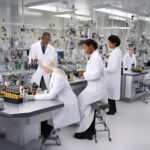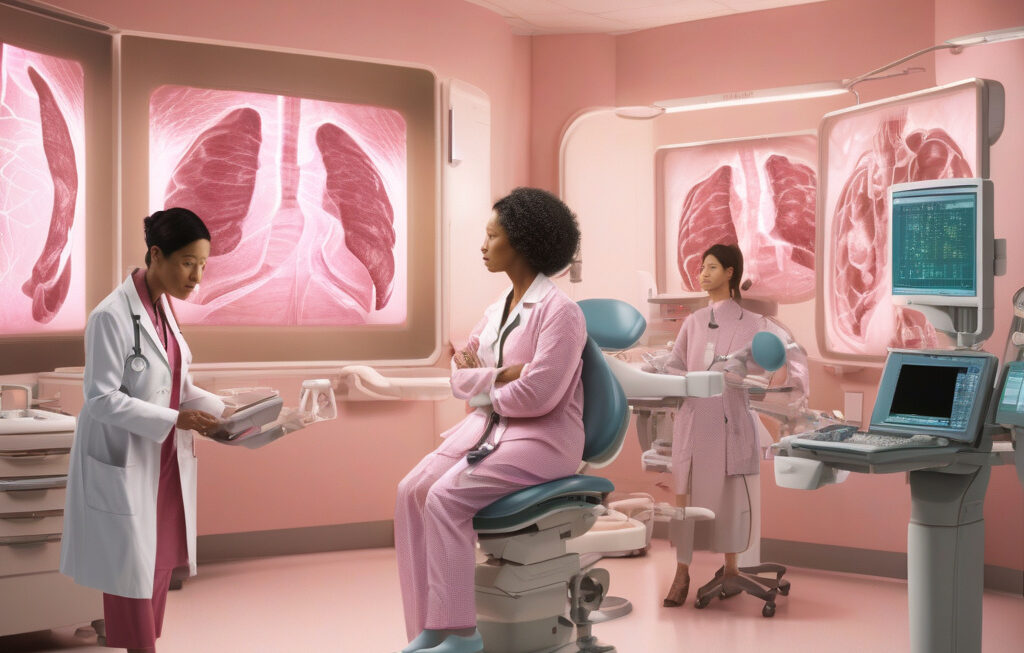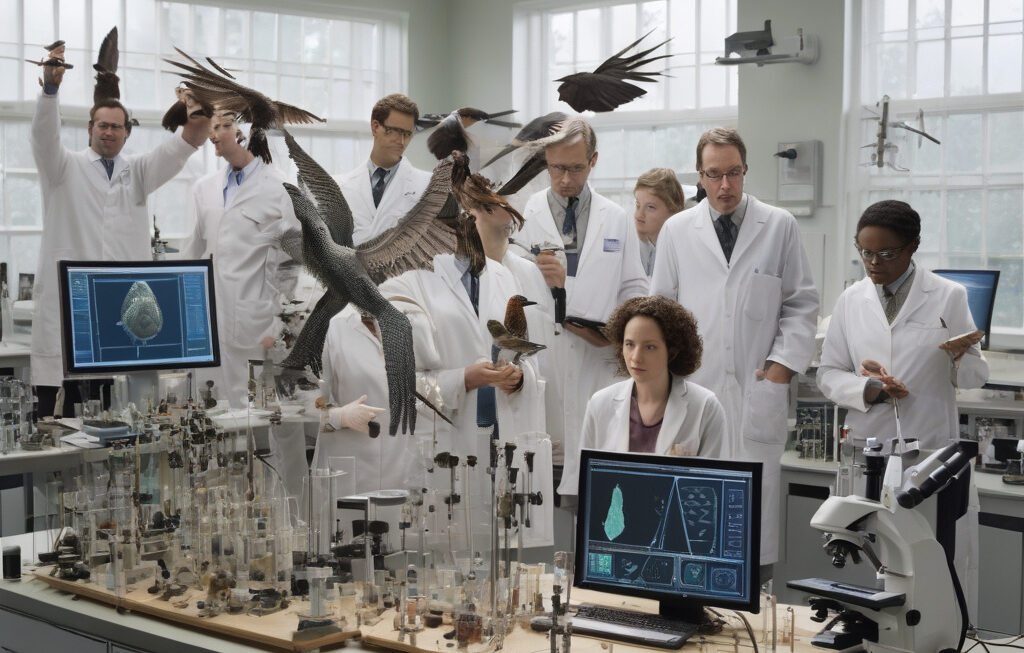IVF Breakthrough Using 3-Person DNA Leads to 8 Babies Born Free of Genetic Disease
United Kingdom doctors have reported eight healthy births via innovative DNA-enhanced IVF. This groundbreaking technique marks a significant advancement in reproductive technology, offering hope to families with a history of genetic disorders. By incorporating the DNA of a third person into the In Vitro Fertilization (IVF) process, doctors have successfully prevented the transmission of debilitating genetic diseases to the newborns.
The procedure, known as mitochondrial replacement therapy, involves the replacement of faulty mitochondrial DNA with healthy donor mitochondria. Mitochondria are crucial energy-producing structures within cells, and defects in mitochondrial DNA can lead to severe health conditions. By introducing healthy mitochondria from a donor into the fertilized egg, doctors can ensure that the resulting embryo carries only minimal risk of developing mitochondrial diseases.
The recent success in the United Kingdom highlights the potential of this technique to revolutionize the field of assisted reproduction. For couples carrying genetic mutations that could be passed on to their children, mitochondrial replacement therapy offers a ray of hope. Rather than facing the heartbreaking decision of whether to conceive naturally and risk passing on a genetic disorder, these couples now have a scientifically proven alternative that significantly reduces that risk.
Moreover, the birth of eight healthy babies following this innovative procedure serves as a testament to the dedication and expertise of the medical team involved. Years of research and meticulous planning have culminated in these successful births, bringing joy and relief to the families involved. The infants born free of genetic disease are not only a symbol of scientific progress but also a reminder of the profound impact that medical innovation can have on individual lives.
Beyond the immediate implications for the families directly affected, the IVF breakthrough using 3-person DNA sets a new standard for reproductive medicine. It opens up possibilities for addressing a wider range of genetic conditions and expanding the scope of assisted reproductive technologies. As researchers continue to refine and optimize these techniques, we can expect further advancements in the prevention and treatment of genetic diseases through assisted reproduction.
Critics of mitochondrial replacement therapy have raised ethical concerns about the modification of human embryos and the potential long-term consequences of introducing genetic material from a third party. However, proponents argue that the benefits of preventing debilitating genetic diseases and enabling healthy births outweigh the ethical considerations. As with any groundbreaking medical advancement, careful regulation and ongoing research are essential to ensure the safety and efficacy of these procedures.
In conclusion, the successful birth of eight babies free of genetic disease through IVF using 3-person DNA represents a major milestone in the field of reproductive medicine. This breakthrough offers hope to families affected by genetic disorders, showcasing the power of innovative technologies to transform lives. As we celebrate these achievements, we must also remain vigilant in addressing the ethical and regulatory challenges that accompany such advancements, paving the way for a future where genetic diseases are no longer a barrier to healthy birth.
IVF, DNA, GeneticDisease, MedicalInnovation, MitochondrialReplacementTherapy












